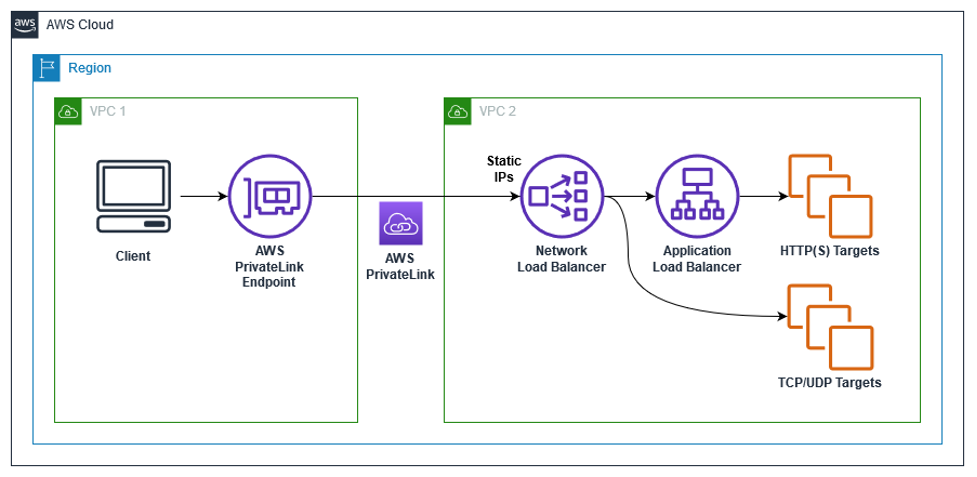Delivering Seamless User Experience Through Smart Architecture and Design
When you land on Amazon’s Packaging Innovation page, the experience feels simple: clear storytelling, smooth navigation, and data-backed highlights. What you don’t see is the engineering challenge of keeping that simplicity intact while the page serves more than one million unique visitors every month.
During my time in Amazon’s sustainability organization, I built this page. It looked like a straightforward project at first, but as traffic grew, it became a real-world test of how to scale a service so that the story of sustainability could reach a global audience without breaking.
The Challenge: One Million Visitors and No Room for Friction
Unlike a product landing page, sustainability content brings a wide mix of visitors: customers, NGOs, researchers, policymakers. Their traffic patterns were unpredictable. A press release could trigger a global surge in minutes.
That meant the page had to be engineered for three non-negotiables:
- Resilience — no downtime, even during traffic spikes.
- Global performance — fast load times from Seattle to Singapore.
- Consistency — the content had to render cleanly every single time.
The only way to achieve that was to design the infrastructure to absorb volatility instead of reacting to it.
The Answer: Strong Architecture Meets Strong Framework
I built the page with Java and Spring, deployed on AWS. Spring gave me the structure for clean service design, while AWS provided the elasticity to handle unpredictable demand.
 High-traffic web architecture using ALB and NLB
High-traffic web architecture using ALB and NLB
Key architecture components and why they mattered:
- Application Load Balancer (ALB) distributed HTTP traffic across multiple EC2 instances. Without it, a single instance would have been crushed during spikes.
- Network Load Balancer (NLB) added high-throughput, low-latency routing for sudden surges, making sure requests didn’t queue.
- Database sharding split reads and writes across nodes, avoiding the bottleneck of a single data source.
- Amazon CloudFront cached static content closer to users, cutting page load times by seconds in regions far from the origin.
- CloudWatch with logging and alerts gave me visibility into real-time behavior, so I could act before users noticed a slowdown.
Each of these wasn’t “nice to have” — they were required to keep the experience consistent at the scale we faced.
Why Spring Was the Right Fit
Although the Packaging Innovation page was a standalone unit, it had to integrate with the broader sustainability site, which followed a microservices approach. This is where Spring made the difference.
I could build the page as an independent service — with its own logic, deployment pipeline, and lifecycle — while still following patterns that made integration seamless. That independence accelerated delivery, but the consistency of Spring meant that anyone else at Amazon could step into the codebase and maintain or extend it.
This is why Spring thrives in environments like Amazon: it balances speed for individual teams with consistency for the whole ecosystem. You don’t lose autonomy, but you also don’t create silos.
And a personal insight: despite all the noise about newer languages, Java remains the most widely used language at Amazon. Stability, scalability, and a mature ecosystem keep it the backbone of critical services. For this project, those qualities were exactly what I needed.
User Experience as the Real Outcome
All of this effort came down to one thing: when a visitor clicked, the page had to load instantly and clearly. No blank screens, no half-rendered charts, no waiting.
In practice, that meant engineering choices directly shaped perception. A slow page would have undermined Amazon’s sustainability message. A fast, reliable page made the story credible. That connection between infrastructure and trust was the most important lesson I took away.
Why This Matters
Crossing one million monthly visitors wasn’t just a milestone in scale. It showed that sustainability stories matter and that people seek them out. But reaching them at scale requires infrastructure that doesn’t crack under pressure.
This project reinforced a belief I carry forward: great engineering isn’t about showing complexity — it’s about removing friction so the story lands. In this case, it meant helping Amazon’s packaging innovation reach millions of people reliably, globally, and without distraction.
